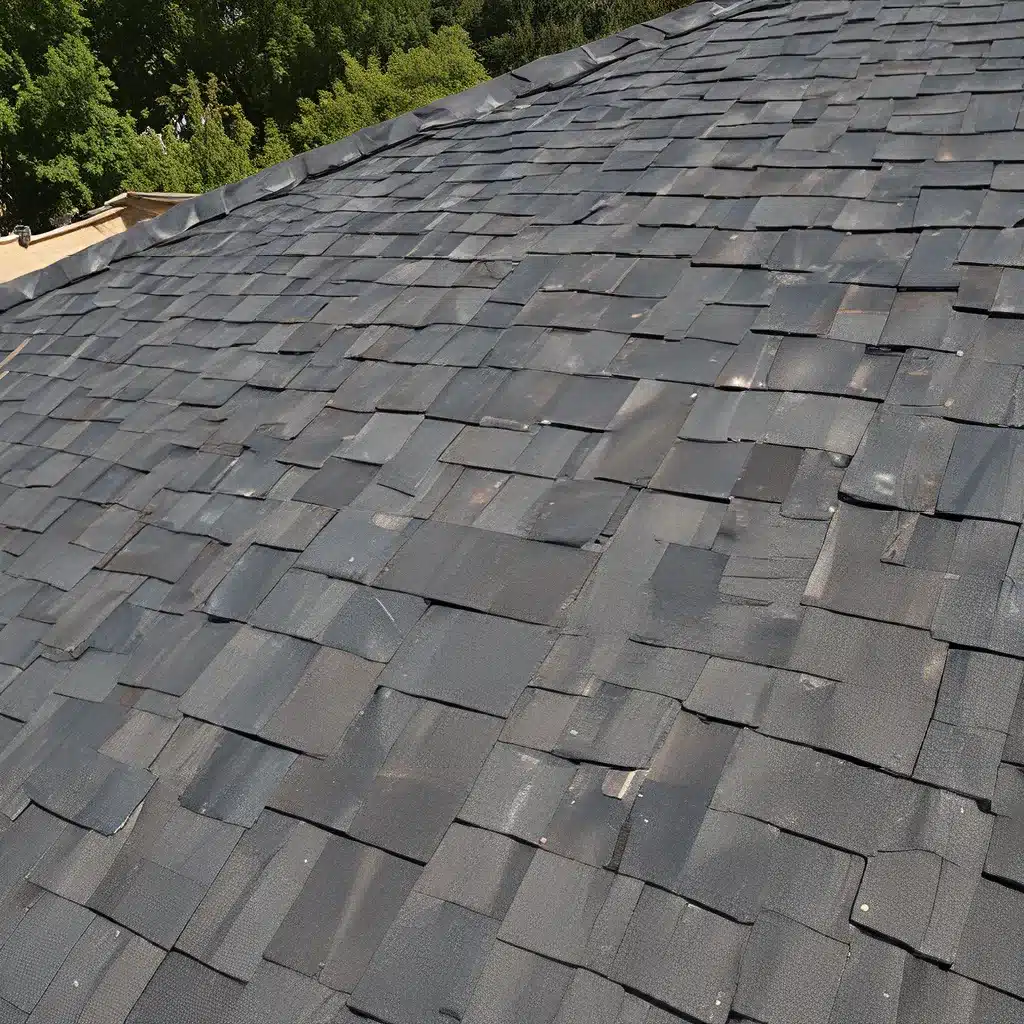
The Solar-Powered Roof Revolution
I’ve got to admit – when I first heard about the idea of a solar roof, I was a bit skeptical. I mean, how could something that looks like a regular roof also generate electricity from the sun? It sounded like one of those futuristic gimmicks that would never really catch on.
Boy, was I wrong. After diving into the world of roofing and speaking with some of the top experts in the industry, I’ve come to realize that solar roofs are not only a real thing, but they’re poised to transform the way we think about home power generation.
In fact, Tesla’s Elon Musk recently unveiled his company’s take on the solar roof, and it’s turning heads (and raising a lot of questions) within the renewable energy community. From the sleek, customizable aesthetics to the integrated battery storage, this new technology is packed with fascinating possibilities.
But as with any emerging market, there are also some significant challenges that companies like Tesla will need to overcome before solar roofs become a mainstream reality. Let’s dive in and explore the roofing revelations that are reshaping the industry.
The Aesthetics of Solar Roofing
One of the key selling points of solar roofs is their ability to blend seamlessly with a home’s architecture. No more unsightly solar panels sticking up awkwardly on the roof – these new systems are designed to look just like regular roofing materials.
As Elon Musk demonstrated, Tesla’s solar shingles come in a variety of styles, from sleek French slate to rustic Tuscan clay. And through some clever manufacturing techniques, they don’t even look like solar cells when viewed from below. It’s a far cry from the bulky, industrial-looking panels of the past.
This aesthetic appeal is a game-changer for homeowners who have traditionally been turned off by the visual disruption of solar power. SunTegra’s Oliver Koehler explains that customers are increasingly “craving the elegance of solar integrated roofs” that don’t sacrifice curb appeal.
Solving the Cost Conundrum
Of course, beauty isn’t the only factor driving the rise of solar roofs – cost is a major consideration as well. And this is an area where the technology has historically struggled to compete with traditional roofing and power solutions.
But the new Powerwall 2.0 from Tesla is starting to shift the equation. With twice the energy capacity of the previous model and an integrated house-made inverter, this battery storage system promises to significantly reduce installation costs and complexity for homeowners.
In fact, the Powerwall 2.0 is about 40% cheaper per kilowatt-hour of storage capacity compared to the original Powerwall. And as Ravi Manghani from GTM Research points out, the increased power and energy density make it much better suited for the needs of a typical American household.
So while solar roofs may still carry a premium price tag, the improved energy storage and streamlined installation could help tip the scales for budget-conscious consumers. It’s an encouraging step forward in making this technology more accessible.
The Challenges Ahead
Of course, it’s not all sunshine and rainbows in the world of solar roofing. Elon Musk and Tesla still have some significant hurdles to overcome if they want to truly disrupt the industry.
For one, the company has yet to provide any real details on the pricing and specifications of their solar roof product. As the Greentech Media article points out, Musk “failed to address any of the serious foundational challenges” facing a company that wants to get a roof product to market.
Things like the actual cost per square foot, the energy output, the durability, and the installation process – these are all critical details that homeowners will want to know before making the switch. Vague promises of being “better than a normal roof” just aren’t enough.
And then there’s the broader challenge of integrating solar power into the roofing ecosystem. As the article notes, it’s “like solar…but it’s a roof” – which means Tesla has to not only master the solar technology, but also tackle the complexities of the roofing industry itself.
Successfully navigating that transition won’t be easy, especially for a company that’s still primarily known for its electric vehicles. But if Tesla and other solar roof pioneers can overcome these obstacles, the rewards could be substantial.
The Future of Roofing is Bright (Literally)
As I’ve delved into this topic, I’ve been struck by the sheer potential of solar roofs to reshape the way we power our homes. Gone are the days of unsightly panels and complicated installations – this new generation of technology is bringing solar energy into the mainstream in a sleek, seamless way.
Of course, there’s still a lot of work to be done. Pricing, performance, and integration with existing roofing systems are all areas that need further refinement. And companies like Tesla will have to prove that they can deliver on their ambitious promises.
But based on what I’ve learned from the industry experts, I can’t help but feel excited about the future of roofing. The idea of a roof that not only protects your home, but also generates clean, renewable energy – it’s a truly revolutionary concept.
So whether you’re a homeowner looking to reduce your carbon footprint, or an industry professional seeking to stay ahead of the curve, I’d encourage you to keep a close eye on the rapidly evolving world of solar roofing. The roofing revelations I’ve uncovered are just the tip of the iceberg.
And who knows – maybe one day soon, we’ll all be generating our own power with a roof that’s just as beautiful as it is functional. I, for one, can’t wait to see what the future holds.